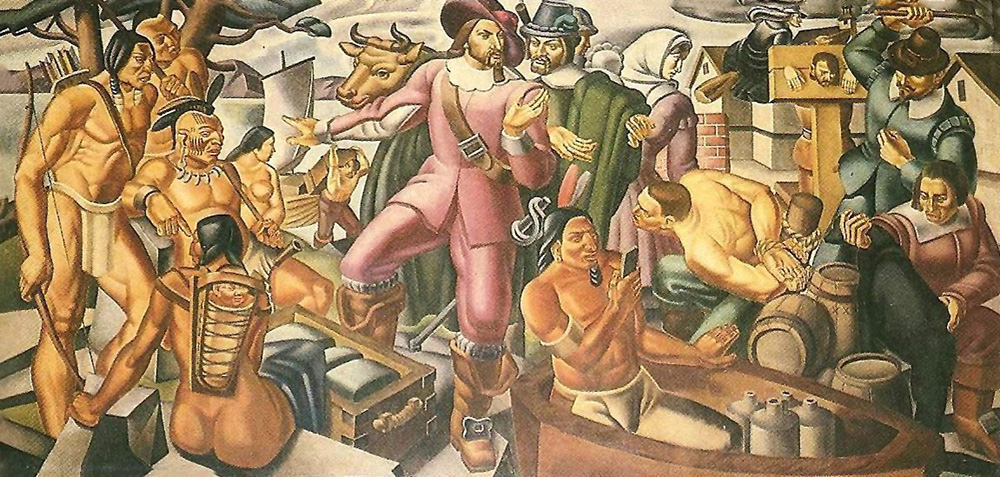Aditya Sisodia
The discovery of an object bearing a striking resemblance to Apple’s iPhone in a 350-year-old painting titled ‘Man Handing a Letter to a Woman in the Entrance Hall‘ by Dutch painter Pieter de Hooch has sparked widespread curiosity about the existence of time travel. This enigmatic artwork depicts a domestic scene set against the backdrop of one of Amsterdam’s iconic canals. The object in question, held by a man in the painting, appears remarkably similar to an iPhone, leading to rampant speculation and captivating the attention of conspiracy theorists. Even Apple CEO Tim Cook acknowledged the painting, expressing his surprise and casting doubts on the iPhone’s origins. This intriguing occurrence is not isolated, as other classic paintings have also hinted at modern technology before its time.

Painting by Pieter de Hooch Courtesy: Google Arts & Culture
Pieter de Hooch’s ‘Man Handing a Letter to a Woman in the Entrance Hall‘ portrays a seemingly mundane interaction between two individuals. However, the object resembling an iPhone held by the man has ignited a wave of speculation. Although the painting’s title suggests it is merely a letter, many question the true nature of the object. Tim Cook himself, upon discovering the painting during a visit to Amsterdam’s Rijksmuseum in 2016, was astonished by the peculiar resemblance to an iPhone. Cook’s revelation and subsequent acknowledgment of the painting at a press conference added fuel to the growing intrigue surrounding the concept of time travel.

This uncanny occurrence is not unique to de Hooch’s artwork. In the 20th-century painting ‘Mr Pynchon and the Settling of Springfield,‘ observers noticed a man holding a small black rectangular object, seemingly engrossed in it. The intriguing stance led many to believe it resembled an iPhone, despite the device not being invented until 2007. Painted by Italian artist Umberto Romano in 1937, the artwork depicts the arrival of settlers in the town during the 1620s, leaving viewers baffled by the anachronistic object.

Similarly, ‘The Expected One‘ by Austrian painter Ferdinand Georg Waldmüller, completed in 1860, portrays a young girl seemingly engrossed in her phone while walking in a field. Although initially interpreted as an early depiction of a mobile device, it was later suggested that she may be looking into a prayer book. Nonetheless, these instances have fueled speculation and captured the imagination of those contemplating the possibility of time travel.

The appearance of objects resembling modern technology in classic paintings has triggered intense debate and fascination among conspiracy theorists and art enthusiasts alike. The concept of time travel has long intrigued humanity, prompting questions about the nature of reality and the limits of human understanding. These paintings, with their mysterious resemblances, have become touchstones for those contemplating the possibility of traversing time.




